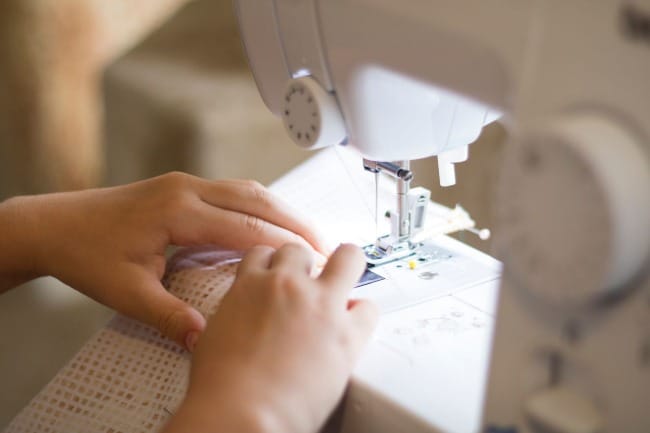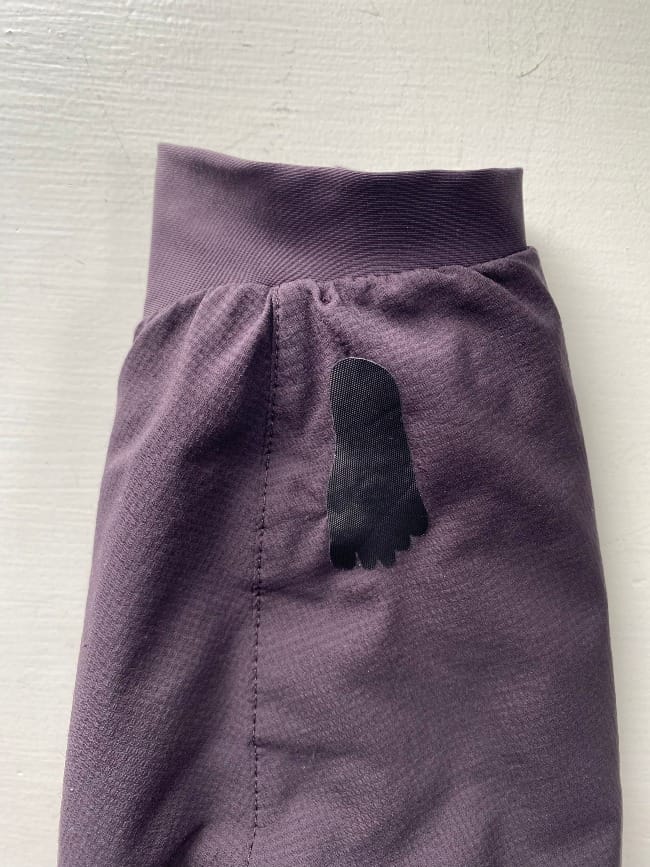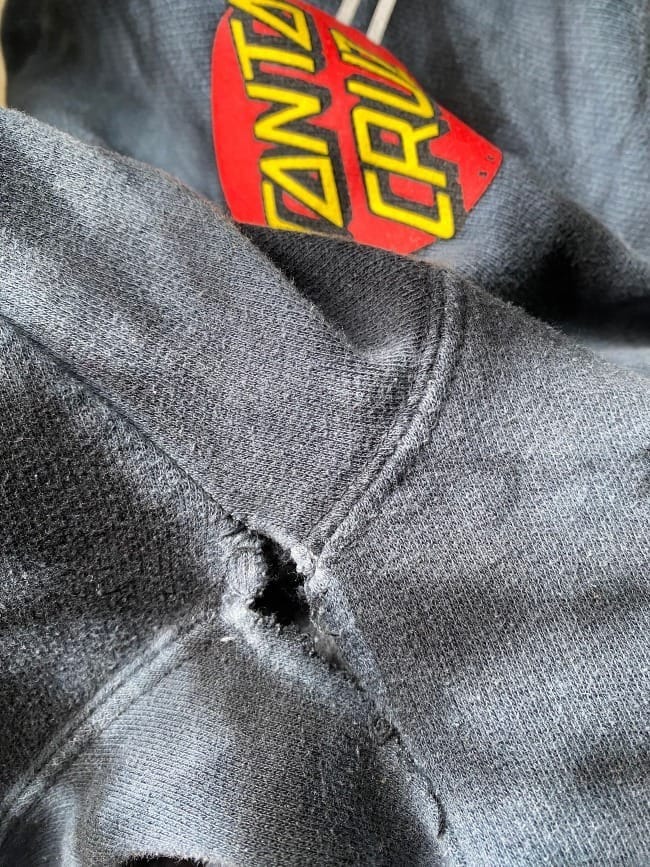"Repair is a radical act."
I first read this phrase in 2015 in an article published by Patagonia. You can read it here. While the entire piece is great, the simple closing sentence of the essay has stuck with me for years:
“It’s a radical thought, but change can start with just a needle and thread.”
Modern cultures often glorify consumption. In the US, where I live, this can be quite intense. Easy access to cheap, fast, fashion and household goods, as well as social media trends such as clothing hauls and unboxing videos, all suggest that we are buying more, even when we don’t need it.

Repairing something that you already own, rather than buying a replacement, can truly can be a radical act; you can say no to consumerism and materialism and do something practical to care for the earth all at the same time when you repair things. Compared to building new things, repairing things creates less carbon dioxide and waste output, and uses less energy and water. It keeps things out of landfills, saves you money, helps you learn new skills, and helps you be more intentional when you do purchase new items.
This attitude has broad application in our lives: cars, dishwashers, dryers, stand mixers, and more can all be repaired rather than replaced. In a future column, I’ll write more about the “right to repair” movement in the US, but for today, we’ll focus on repairs that you can personally do. I spend a lot of time outdoors, and often I mend outdoor gear and clothing.

Professional Repair
There are a few options for outdoor clothing and gear repair. Most local tailors will happily help you out with repairs, and some businesses will repair their clothing products or offer specific tips for repairs (like Patagonia, REI, or MEC). These companies are especially helpful when it comes to something like re-stringing your tent poles or patching large rips in jackets.


I thrifted this pink puffy jacket with a few holes and I hope to repair it with a similar material.
Online
IFixIt is my favorite online resource for repair tips. YouTube is also an endless rabbit-hole of videos about how to repair anything and everything. Social media accounts are another resource for learning different repairs. One of my favorite Instagram accounts is @thefarwoods, run by sisters who post their art and mending tips. They recently posted about mending a down jacket using similar fabric so now I’m on the lookout for material that looks like my pink jacket so I can try this method!



Some Tenacious Tape fixes made on my jacket and my husband's rain pants. You can even buy the tape in precut shapes - like this Bigfoot patch!
DIY
One of my favorite ways to mend, and undeniably the fastest way to mend, is to use gear tape. Duct tape is a classic fix, but personally I always go with Tenacious Tape. It has a stronger structure and glue than duct tape, is easier to remove, and doesn’t leave a duct-tapey residue. I've used it to patch jackets, rain pants, shoes, backpacks, tents, and more. It's marketed as an outdoor gear fix, and usually sold at outdoor retailers, but in my experience it'll work on other things, such as a cotton shirt, in a pinch.


A hand mended seam on my husband's sweatshirt.
I was blessed to grow up with a grandmother who was gifted with a sewing machine, and she mended, hemmed, and altered a lot of my childhood clothing. Now that I live too far away for a quick Grandma's-sewing-machine drop off, I’ve been slowly learning how to make hand sewn repairs for myself, my husband, and our friends. My stitches aren't always the neatest, but I'm proud of how much I've improved over the years and how many beloved articles of clothing I've helped give new life to!
If you try any of these mending techniques, or know about others, I’d love to hear about your experience in the comments section below.
Jessalyn
I want to hear from you! We all have different ways to care for creation in our own lives: what do you do to practice earthkeeping? I'd love to hear from you and feature your ideas. Feel free to email me at jessalyn.gentry@circlewood.online.